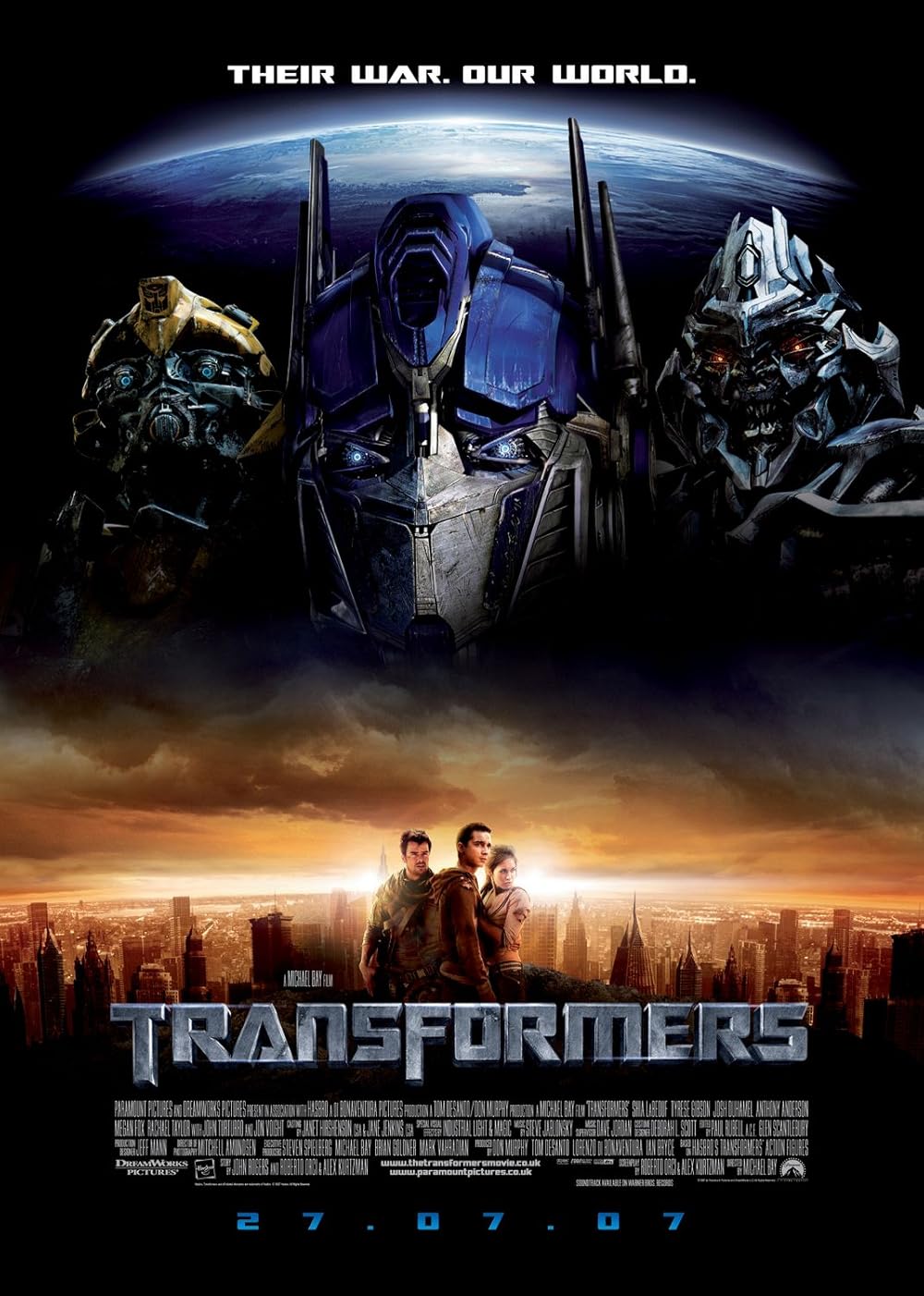In her essay, Visual Pleasure and Narrative Cinema, Laura Mulvey explains that in classic Hollywood movies, women are portrayed from a masculine heterosexual point of view. The male gaze objectifies and sexualizes women, reducing them to erotic objects of desire for the pleasure of male viewers as well as the characters in the story. (Mulvey, 1975)
“The presence of woman is an indispensible element of spectacle in normal narrative films, yet her visual presence tends to work against the development of a story line.”
Laura Mulvey
In traditional films, the male gaze makes the spectator identify with the male hero and makes them desire the female protagonists who are simply passive subjects of the gaze. (Oliver, 2017 ). It forces all viewers in the position of a man looking and yearning for a woman. It can be said that the appearance of the woman is the only thing that matters in the movie but her thoughts, actions and personality are erased to please the male fantasy.
What counts is what the heroine provokes, or rather what she represents. She is the one, or rather the love or fear she inspires in the hero, or else the concern he feels for her, who makes him act the way he does. In herself the woman has not the slightest importance
Budd Boetticher, director

Micheal Bay’s Transformers (2007), is a movie that was clearly made for a male audience. The character Mikeala Banes, played by Megan Fox is a perfect example of the male gaze in Hollywood movies.
In this extract from Transformers, we can clearly see how Mikeala becomes the object of the male gaze. The camera focuses on her body, who is posed and arched in a suggestive way. Her skin is glistening and she is wearing tight clothes that accentuate her slim body. Additionally, she fits into the female beauty standard: she is white, young and slim (Ponderotto, 2016). Sam cannot take his eyes away from her body and even when he is talking his attention stays on her torso and he never looks her in the eyes. This highlights the fact that Mikeala is simply seen as a sexual object. Megan Fox’s character is only here to please a male audience not to add any depth in the storyline. She is simply an accessory to the protagonist Sam.
She can be considered the ultimate male fantasy: an attractive girl who fixes cars.
References:
Mulvey, L. (1975) Visual Pleasure and Narrative Cinema, Afterall Books
Oliver, K. (2017) « The male gaze is more relevant, and more dangerous, than ever », New Review of Film and Television Studies, 15(4), pp. 451–455
Ponterotto, D. (2016) « Resisting the Male Gaze: Feminist Responses to the Normalization of the Female Body in Western Culture », Journal of International Women’s Studies, 17(1), pp. 133-151


A great example of the male gaze! The character of Mikaela Banes perfectly illustrates how a woman can be reduced to an object of desire, which is clearly shown in the quotes. It’s important to notice how this pattern still exists in cinema. I appreciate how well this theory is explained and how accurately it’s shown in practice. It’s a really great analysis!
This is a very classic example of ‘The Male Gaze’ being present in cinema. I like that you touched on the fact that the audience of this movie was primarily male, which, in my opinion is what lead to the choice of sexualising Fox on screen. The primarily male was definitely another reason this happened. Aside from this scene, do you think Fox’s character was given any opportunity to be developed past just being a sexually pleasing object, or do you think her role in this movie was simply just that? Thinking back to the early 2000s when the Male Gaze was a widely acceptable practice in Hollywood, can you think of any movies with a ‘female target audience’ that might have conformed to the Male Gaze, or is there any evidence of them trying to rebel against those standards?